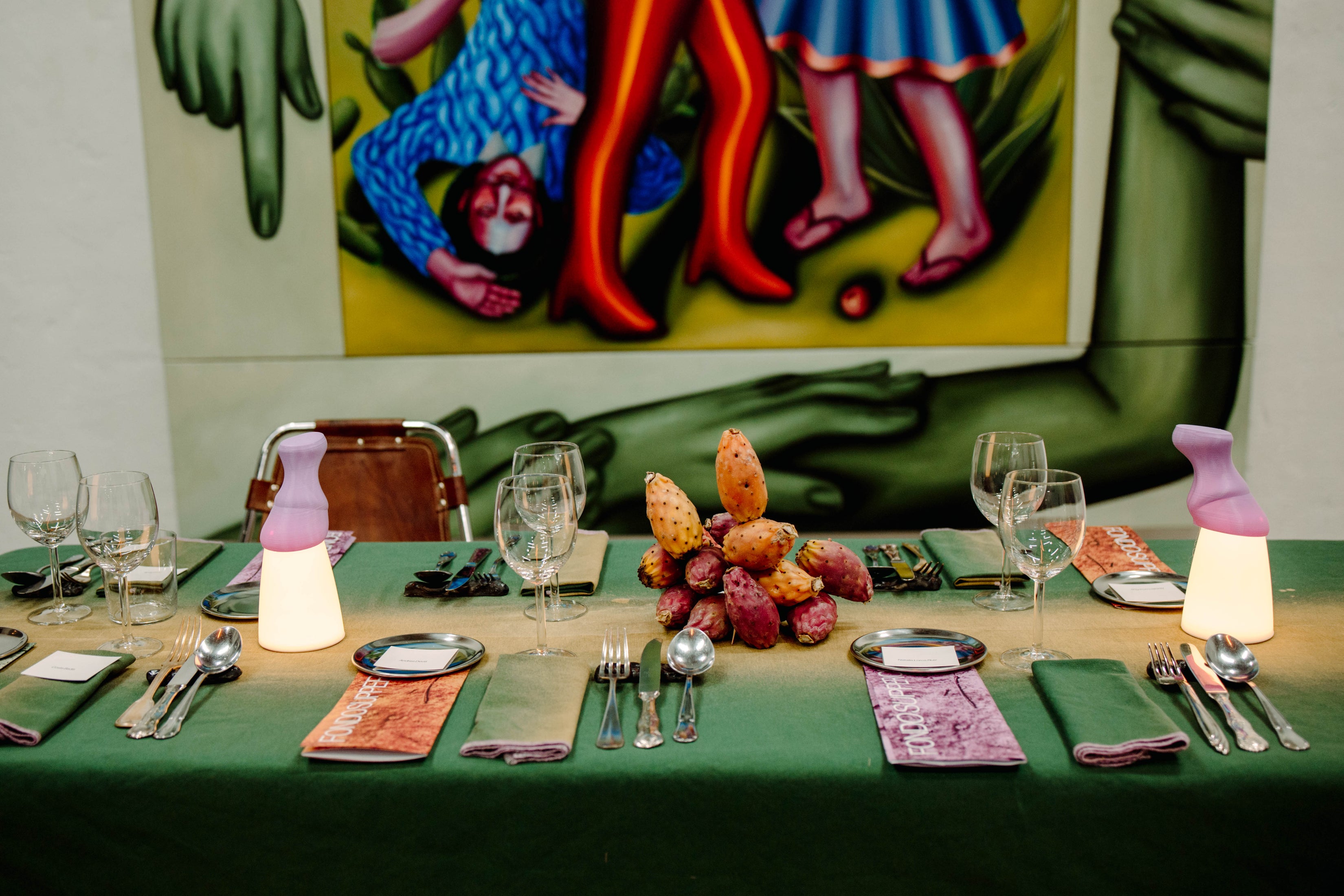
The tale of history, told once again from a new perspective. What was once a horse is now a pink mare, those who were underneath are now in the spotlight.
“(...) the solemnity of the historical is abandoned to pen a new epic where the Mare's emotions reflect those of “the others,” or rather “the other women.”
Those throughout history who bore the brunt, who kept the community alive, whose voices were more preoccupied with weaving and sustaining the present than writing grand tales to be remembered in the future.

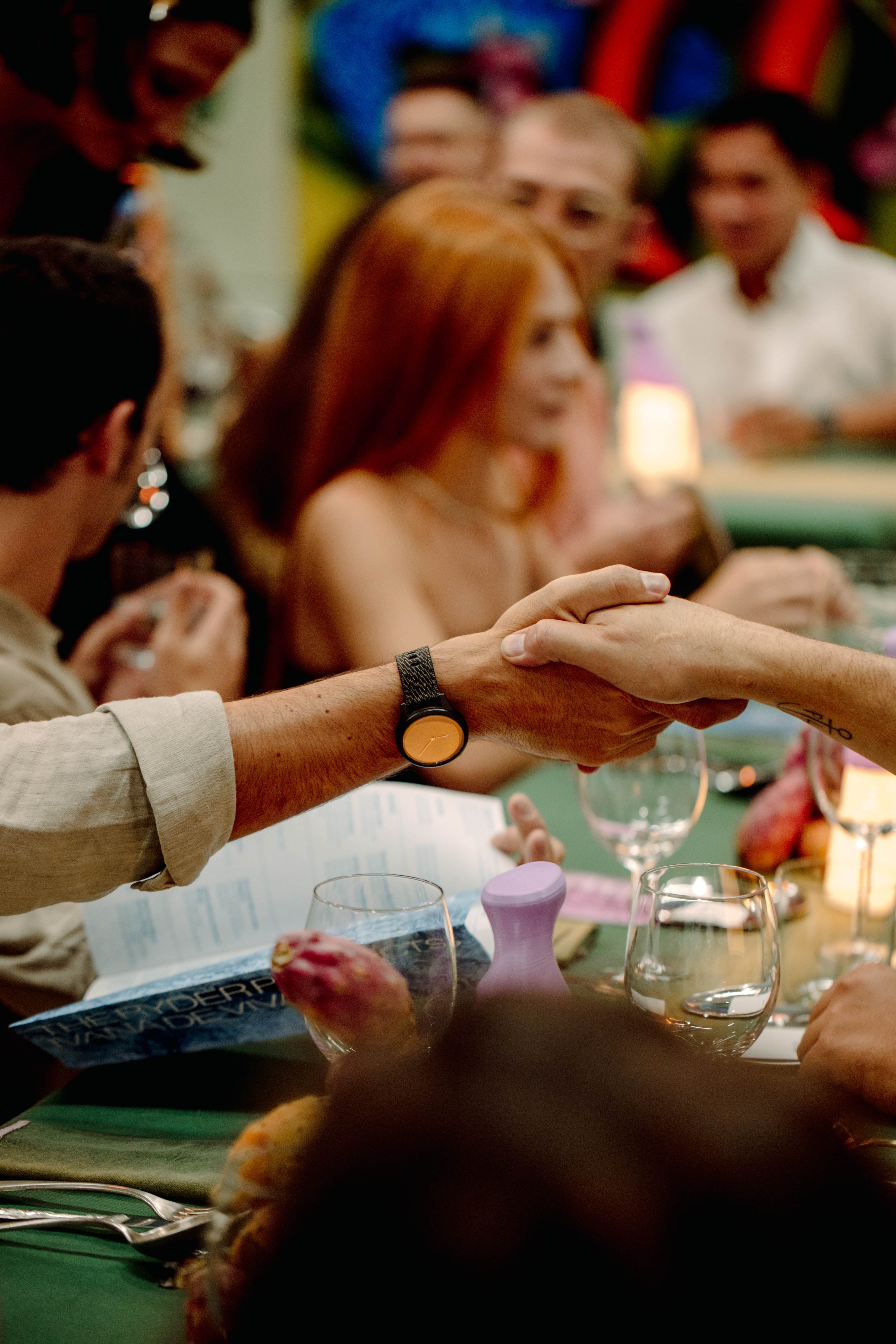
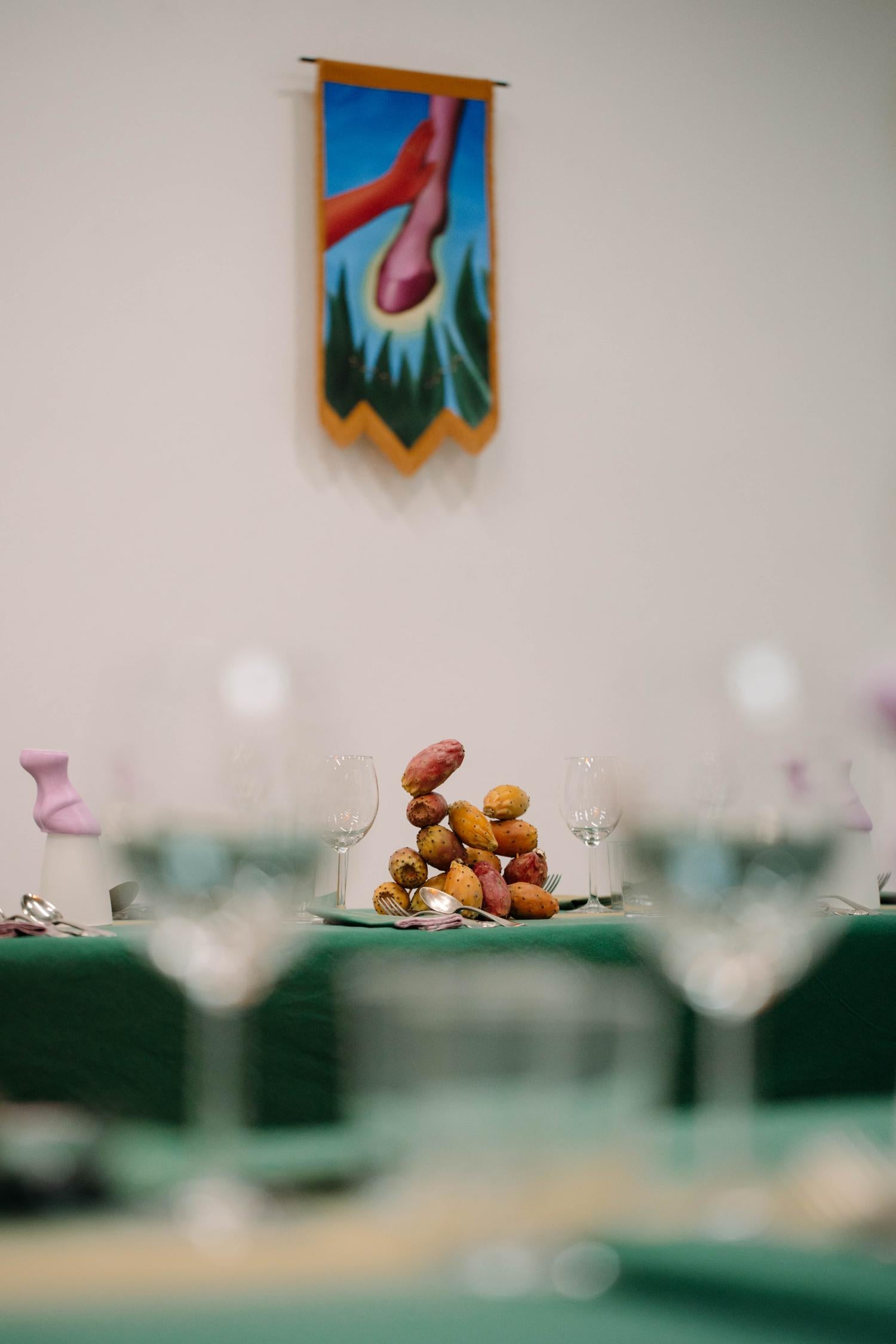
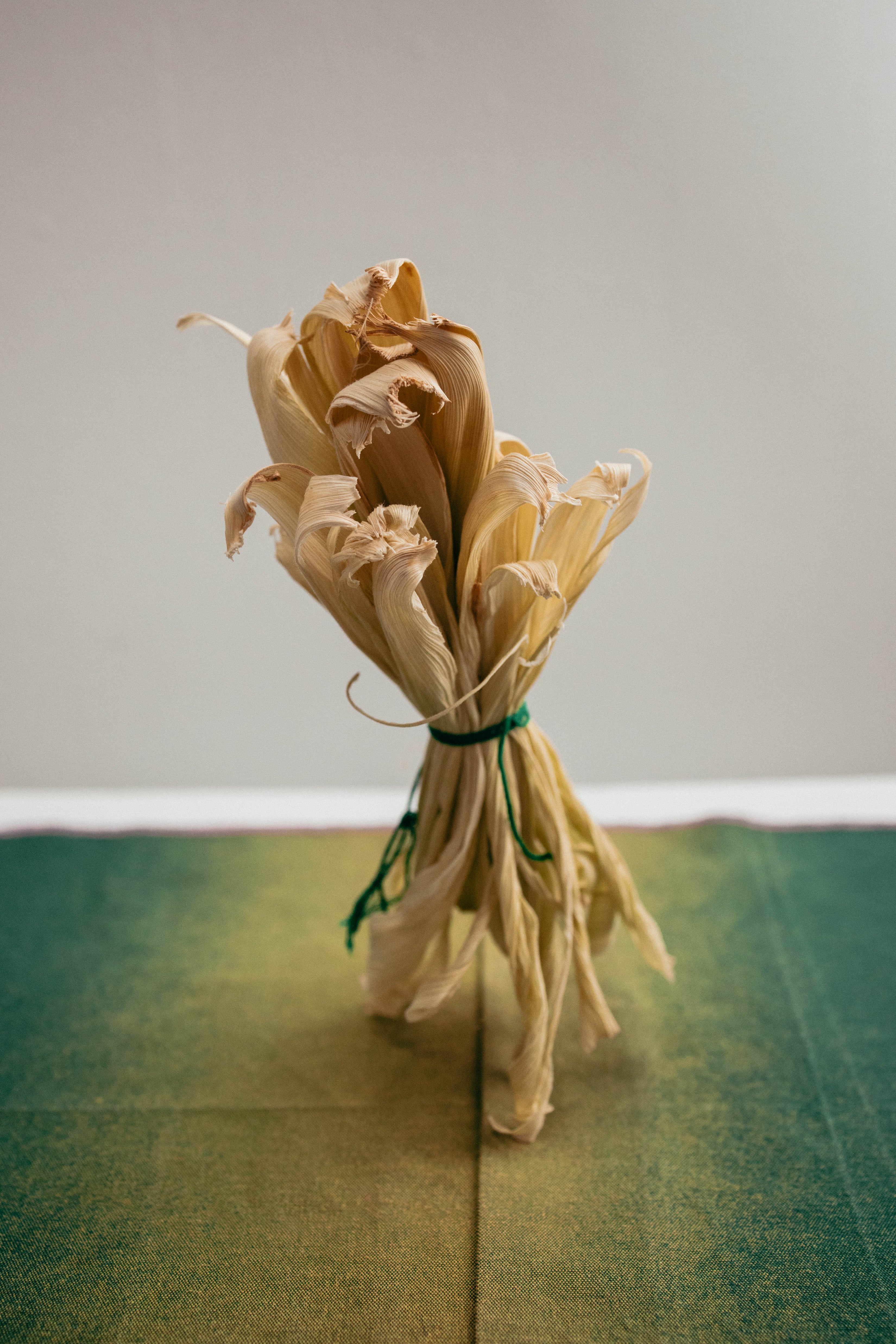
Historical narrative has always been nourished by the epic tales of a warrior and aristocratic class: heroes who win battles atop their horses, kings who fight against kings.
Gradually, this epic of violence and abuse entrenched itself in our understanding of the past, leading us to believe that such a way of “making history” was the only one possible. With "La Yegua de Santiago," Ivana de Vivanco invites us to consider that perhaps we were mistaken.

The Installation
We pay an homage to the wonderful fact that the gallery space used to be a stable in XIXth Century Madrid and bring hay bales once again into the room.
All of Ivana’s equestrian references come together in the seating and lighting, with seating benches made from hay and table lamps that look like pink horseshoes that illuminate the whole scene.
The fabrics were also treated to resemble the painter’s pictoric technique, creating a gradient alongside the table and prickly pears centerpieces taken literally from the artwork into the table.

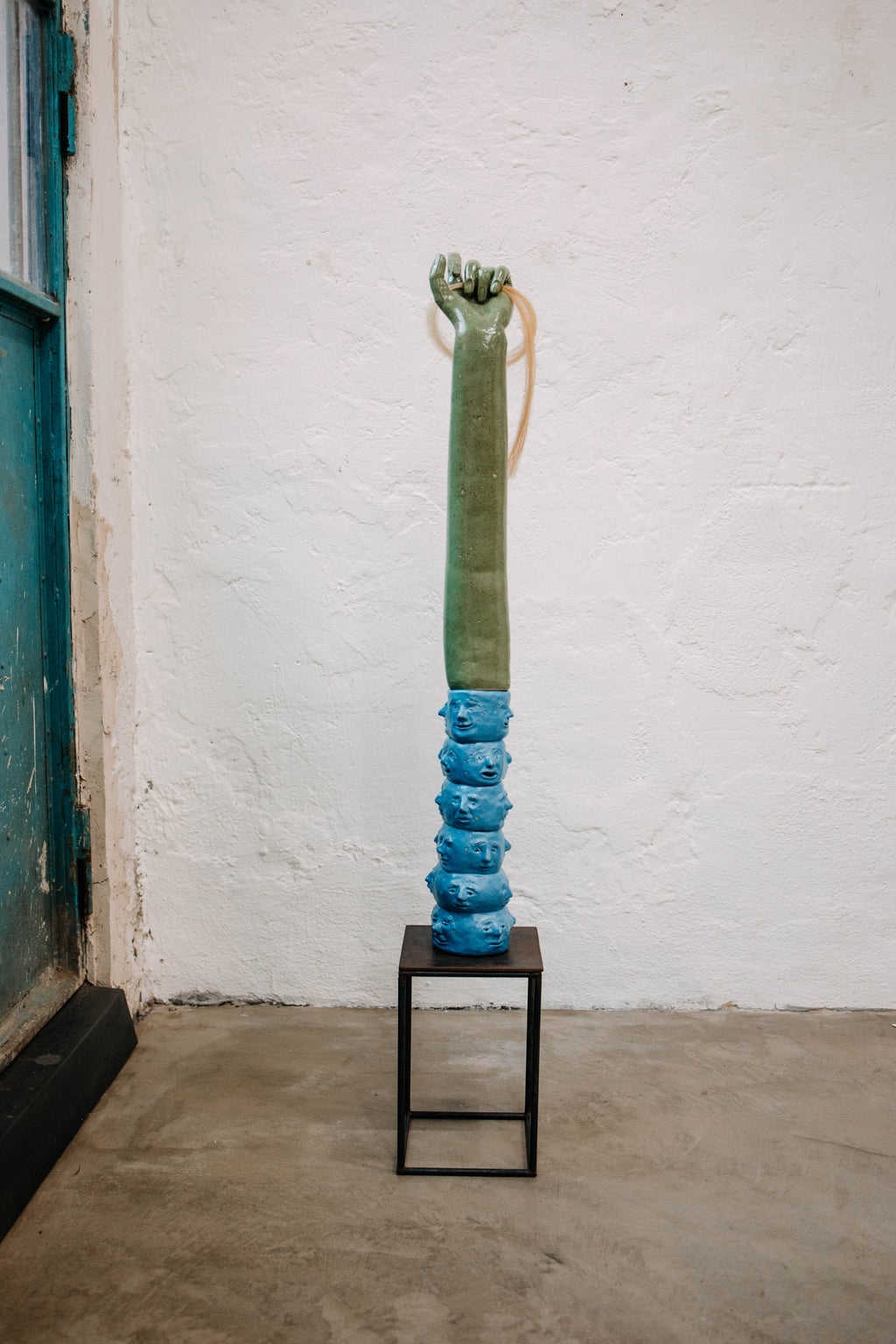
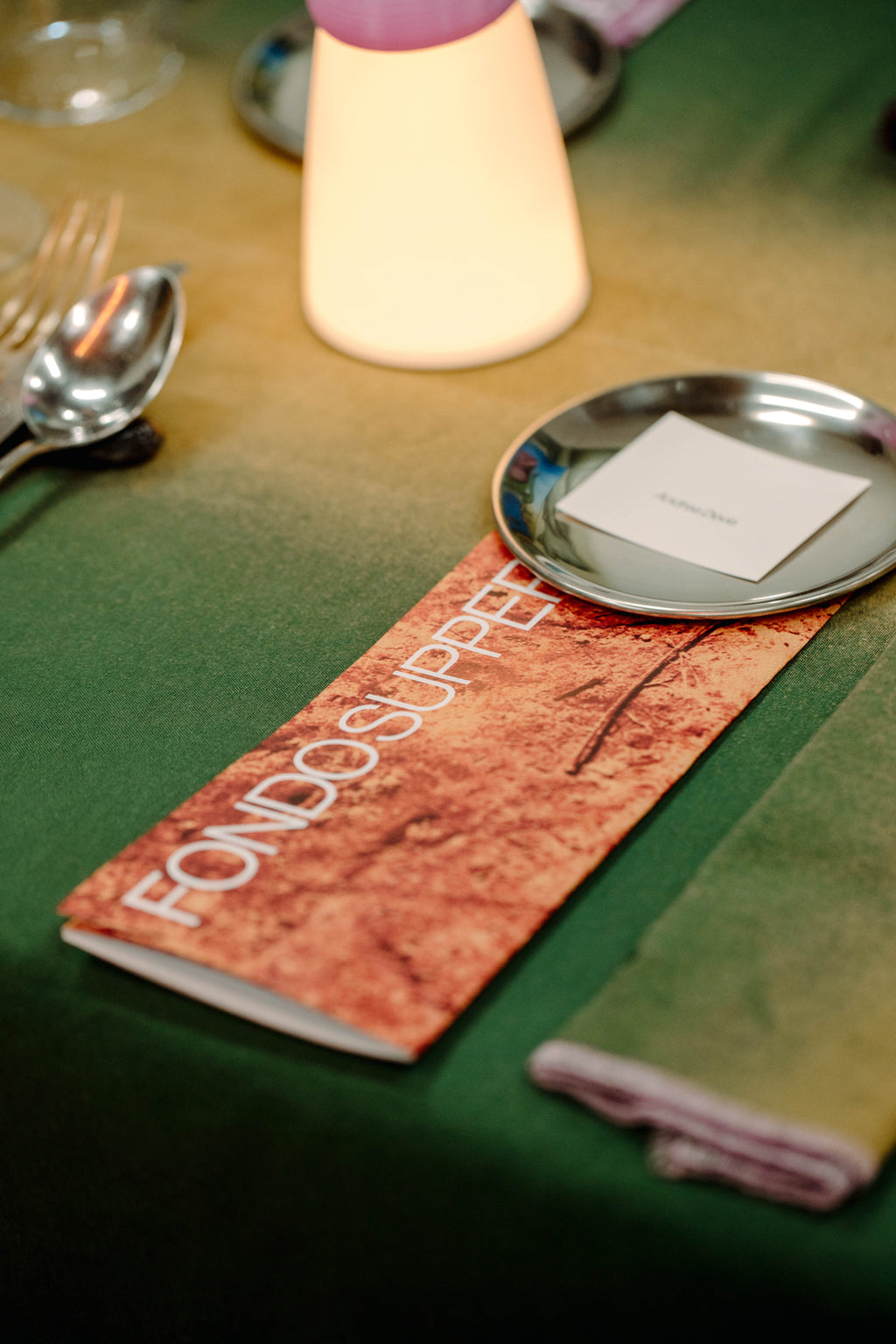
The Menu
We are presented with a circular menu where the ingredients in the first course come back in different forms at dessert: potato, tomato, corn.
In each dish, we address a trauma or a key concept from Ivana's work, and we aim to highlight the ingredients and techniques found throughout Central to South America, spotlighting the places where the worship to the figure of Santiago is deeply rooted and practiced.
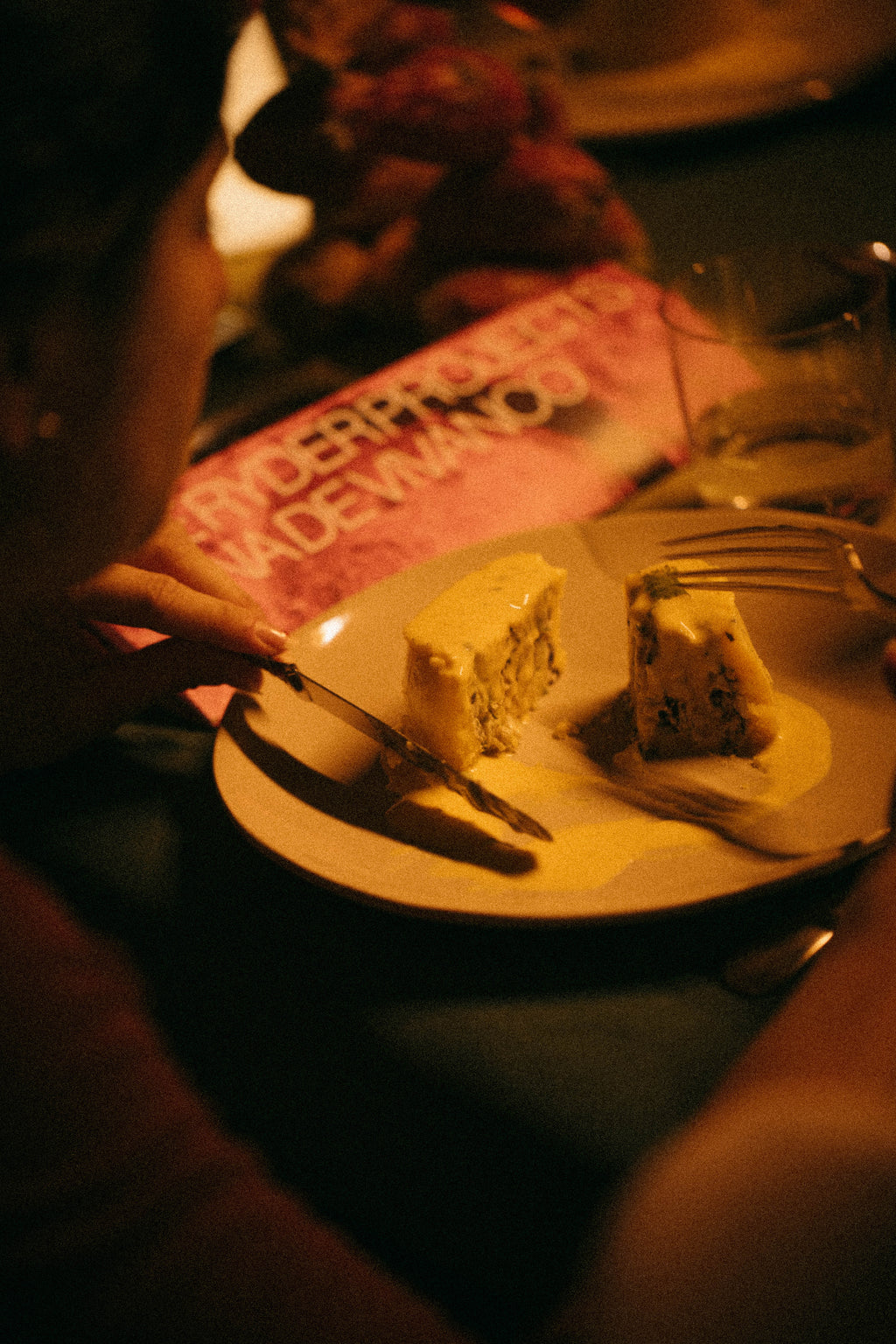
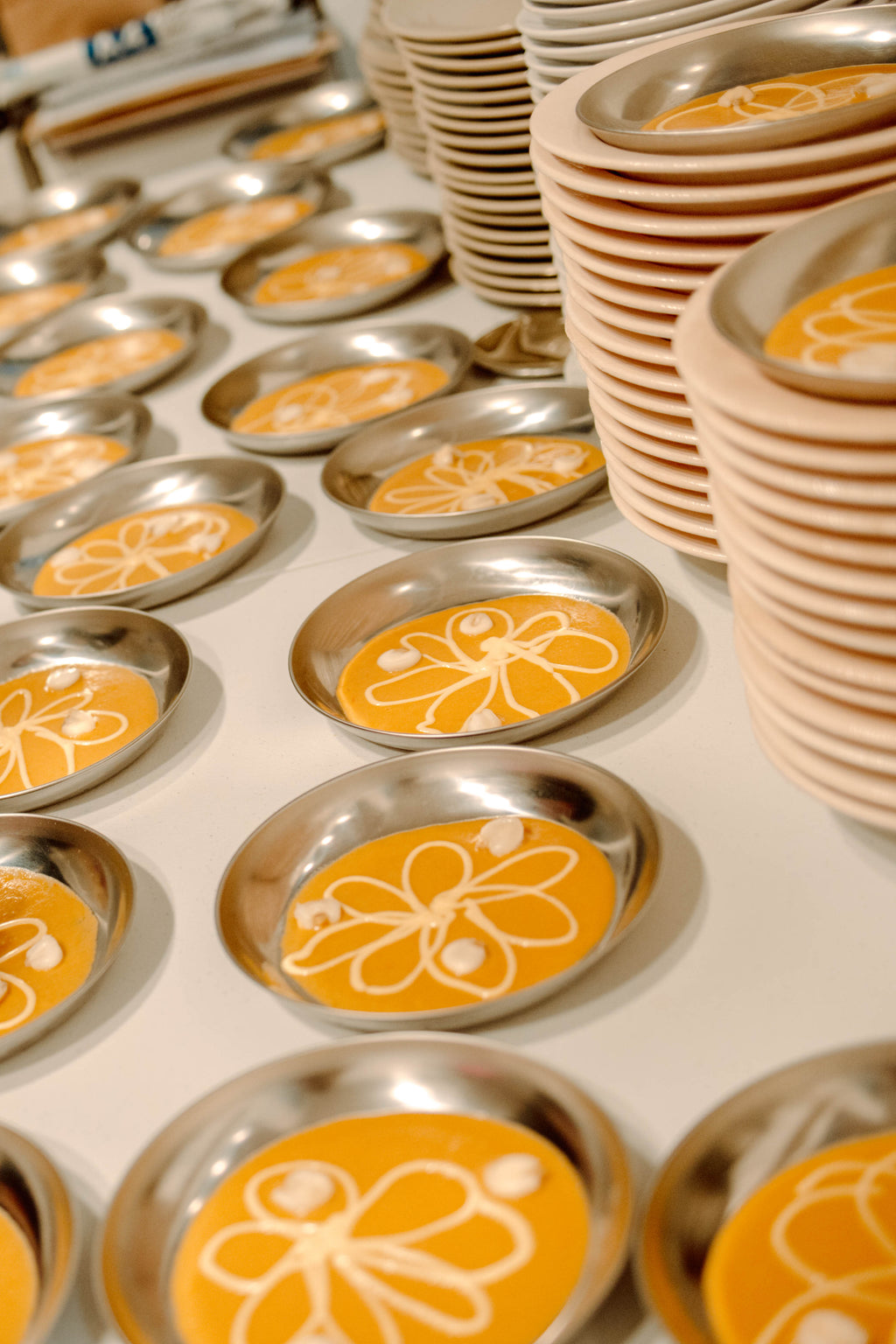
The Curatorial Text
The roots of The RYDER space, a former stable in the Lavapiés district, are leveraged by de Vivanco to craft a situated narrative where Santiago's mare has emancipated herself, becoming the protagonist of her own life, dedicated entirely to exploring the boundaries of her own pleasure, making the gallery her home.
Through an installation composed of various-sized canvases, video works, and sculptures, spectators have the opportunity to peek into various scenes of the Mare's private life, starting from the exact moment she disengages from Santiago, to a video piece where we witness a psychoanalysis session in which the Mare attempts to analyze and heal her trauma.
www.theryderprojects.com
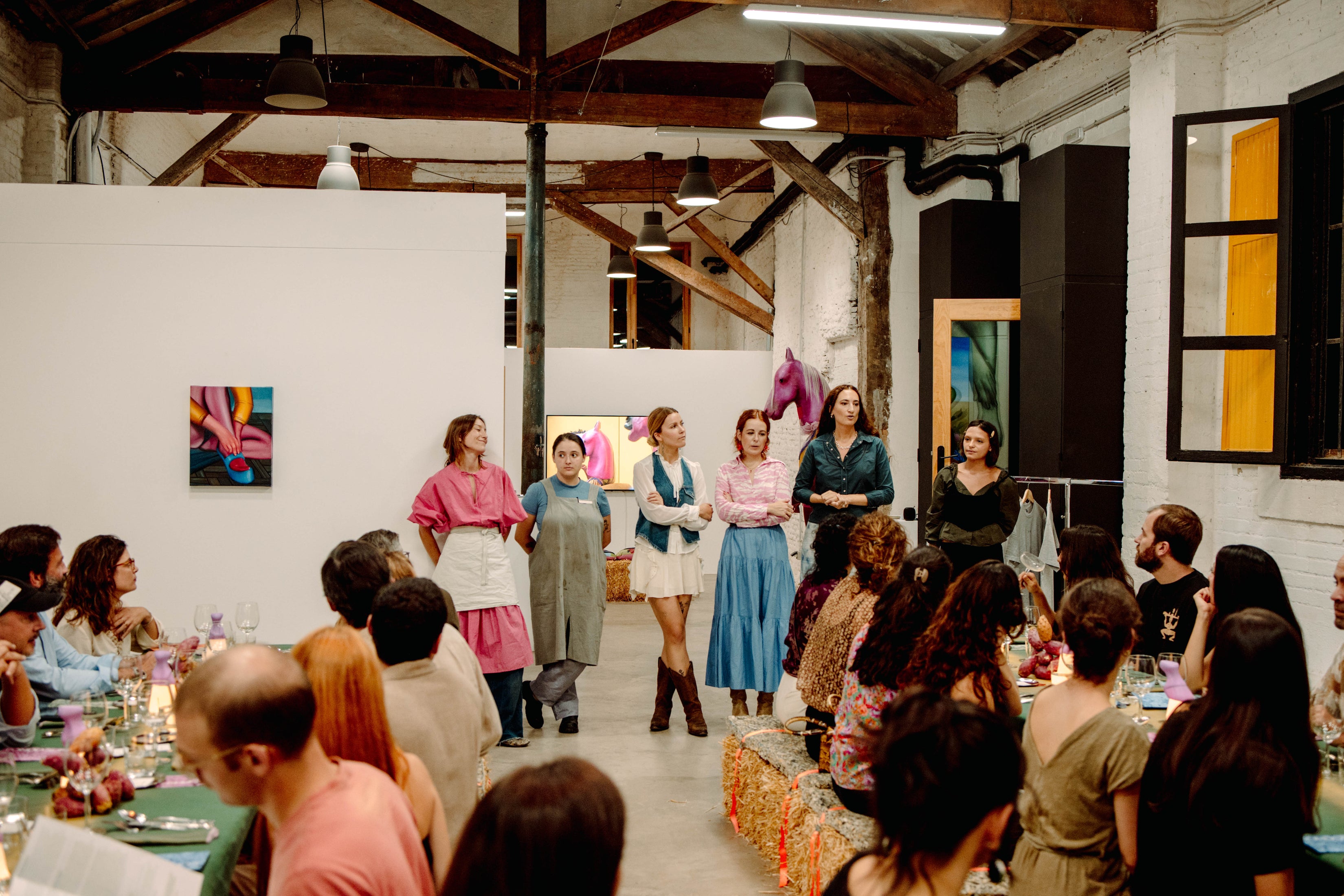
Gallery: The Ryder Projects
Photography: Cristina Góngora


